Last Updated on
By Joel Zielke
Bushnell – the name has been around forever (or 1948…) and might be one of the most easily recognized names in the optics industry. As a child, most of the people in my family had something from Bushnell around the house. As one of the larger, more recognizable brand names that carries a certain amount of history with it, I was very eager to get these out and see how they compare with some of the newer players in the binocular field. This pair of Bushnell’s is on the inexpensive side of binoculars. Like most of the other binoculars I have reviewed, they are a step above cheap, but they should be considered serious binoculars. Having said that, they will not break the bank like many high(er) end binoculars. Before I delve into my specific opinion of this set of binoculars, I will go over what Bushnell has to say about their own product.
Bushnell Legend Specs
- ED Prime Glass
- Ultra Wide Band Coating
- RainGuard HD
- Deluxe Binocular Harness
- Waterproof/Fog Proof
- Fully Multi-Coated Optics
- BaK-4 Prisms
- Twist-Up Eyecups
- Magnification: 10x
- Objective Lens: 36mm
- Focus System: Center
- Prism System: Roof
- Field of View: 426 feet at 1000 yards
- Eye Relief: 14.4mm
- Exit Pupil: 3.6mm
- Weight: 20.7 ounces
Binocular Review
One of the things that I appreciated about the Bushnell Legend binoculars was the readily available specifications on the box. Half of the binoculars I reviewed had either no specifications on the outside, or only a couple of specifications printed outside the box. This pair of binoculars has the best set of accessories of the tested binoculars. The padded binocular strap was wide and padded well. The hard case was very nice with room for all of the other accessories. The one drawback associated with the case is the same as most of the tested binoculars. Yet again, the strap for the case is narrow and not padded. If you were to wear the case with the supplied strap over bare skin on thinner clothing, it would most likely be fairly irritating. The other thing that I really appreciated about the Bushnell binoculars was the binocular harness. None of the other tested binoculars included this harness.
This pair of binoculars also has diopter adjustment for better focus. To provide some perspective, the following notes were taken in the A.M. with slightly sub freezing temps, clear skies and the sun to my front and right side. At approximately 200 yards the visible area would be from the “2” on the right to the “0” also on the right. While this pair of binoculars also had some “Chromatic Aberration” it was noticeably less than the Nikon Prostaff, Hawke Endurance PC, and the Vortex Diamondback. It also appeared to be somewhat soft around the edge of the lenses.
At roughly 600 yards, the field of view is from the “1” on the left to the “0” on the right. I also had to readjust the diopter focus from where it was at 200 yards. The “Chromatic Aberration” all but gone. The only downside to the performance at this distance was the overall image was light, with somewhat dark edges.
At roughly 1000 yards, the visible area is like most of the other pairs- approximately tree-line to tree-line. At this distance the lens edges seemed soft, and the color white was more of an off-white. On a different day in the early afternoon at roughly 70 degrees, with an extra set of eyes in my friend, and the sun to our backs, the performance of the binoculars improved. Not quite as dramatically as some of the other pairs, but it was better none the less. Within a hundred yards or so, they were very clear. As you started scanning further away, they began to noticeably soften. My friend made mention that he would prefer using them in a short term scanning situation as opposed to being constantly in the glass.
Like most of the other binoculars tested at this time, Bushnell backs this pair of binoculars with a lifetime warranty. The thing I appreciated about this pair was the consistency. Most of the binoculars I tested on the first day really struggled. This pair fared much better with issues like “Chromatic Aberration.” While the performance on day two was better for this set like the others, this pair was not nearly as weak the first day. It certainly seems possible that there is a quality gap between this pair and the less expensive binoculars tested.
Unfortunately this pair like most of the ones tested, were “Made in China.” While this may not be a problem for some, it is worth mentioning. The only other negative thing I could say about it is price wise it isn’t much of a jump to a better binocular.
Seeing as this pair of binoculars struggled less than most of the others on day one of testing, and they again did fairly well on day two, I have no problems recommending this pair of binoculars. If you have no problem with made in China, and this is the very top of your price range, I would imagine this pair of binoculars will provide years of service with proper maintenance.
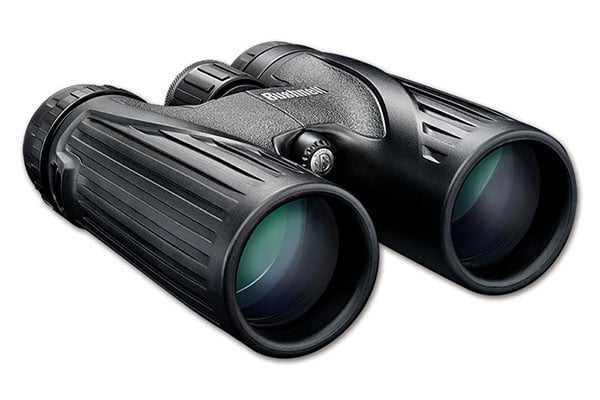

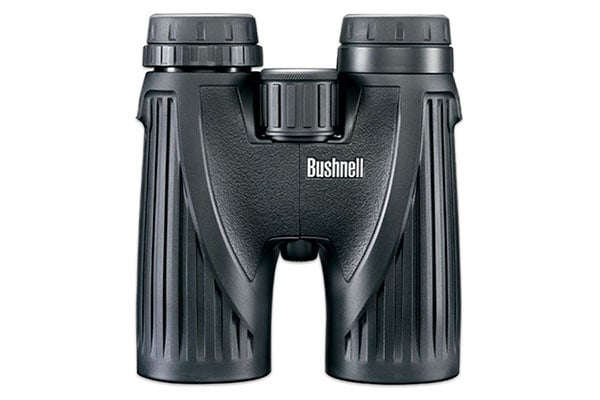
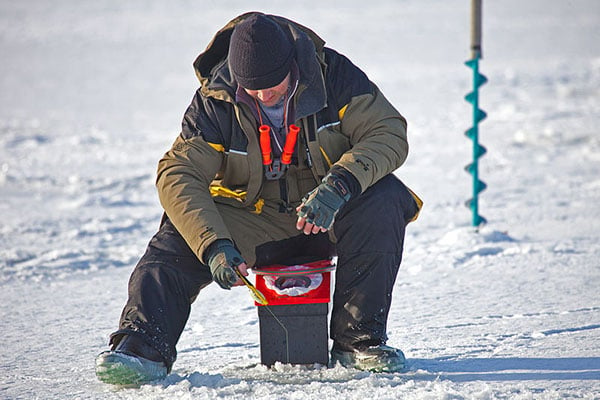
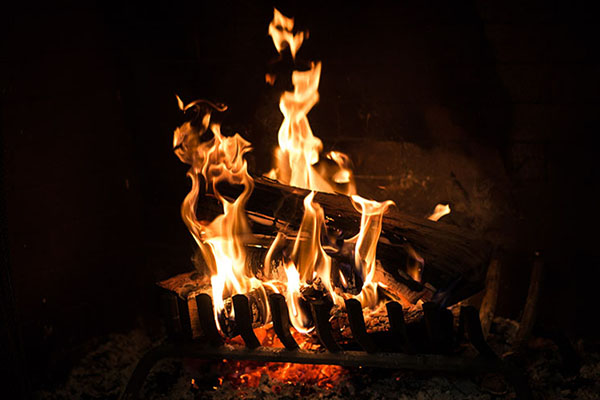
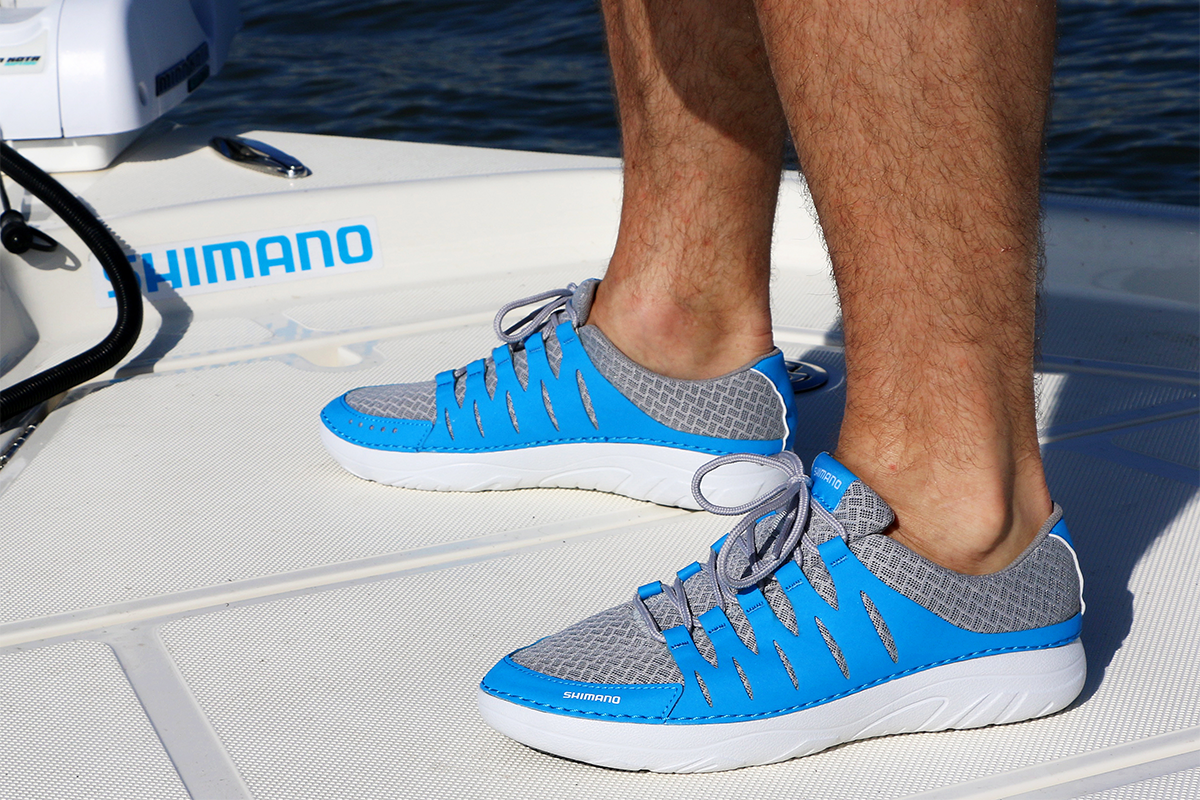

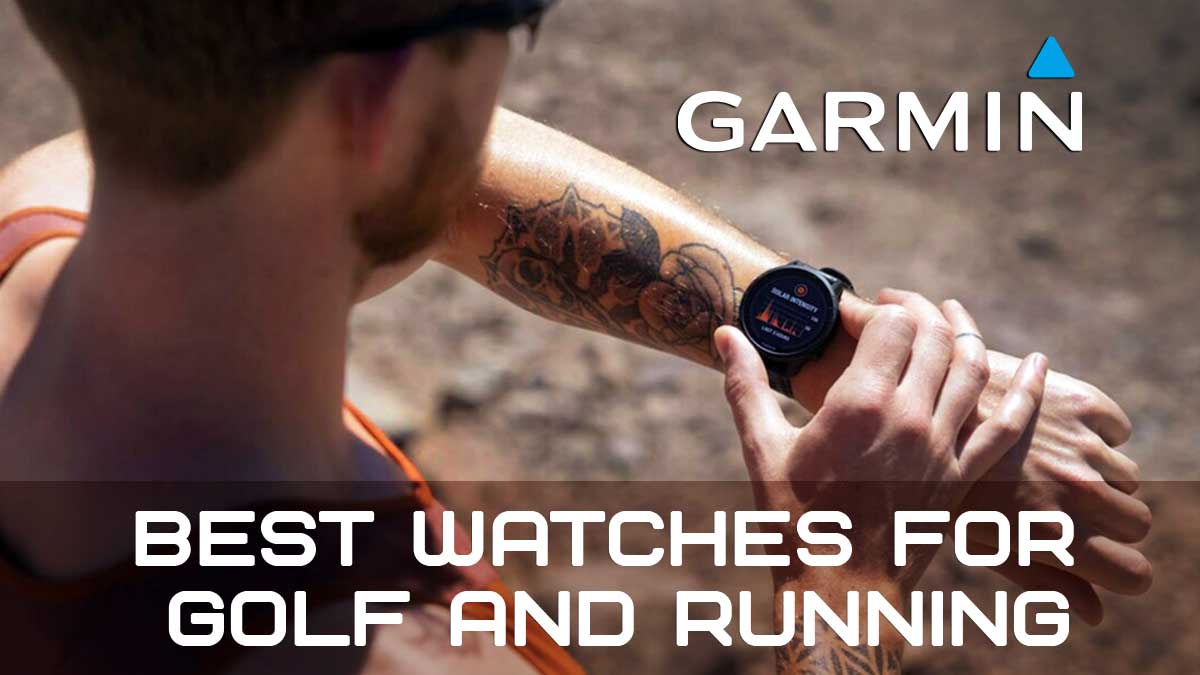


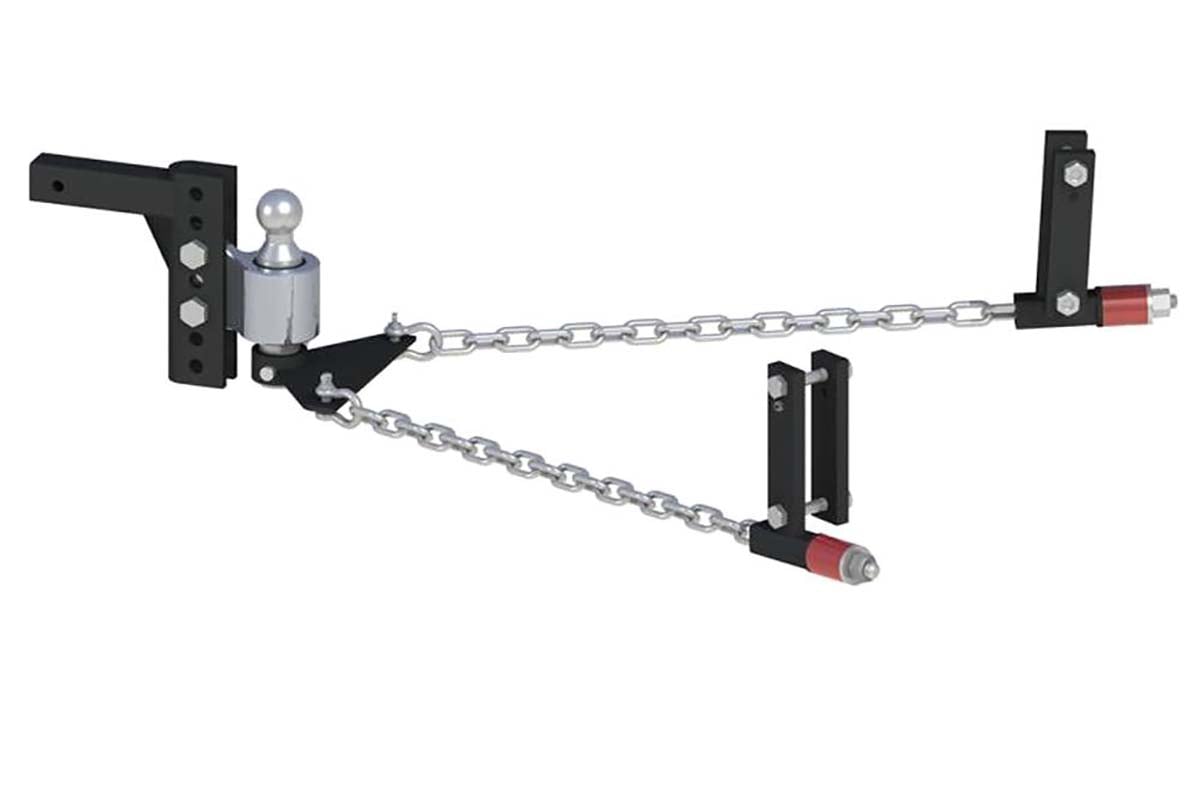



2 comments
Joel, are you saying the outdoor picture above was taken from 1000 yards away then?
Gary,
Joel is no longer with us, but yes I believe that is what he was going for. Hope you found the review to be informative, and thanks for reading!